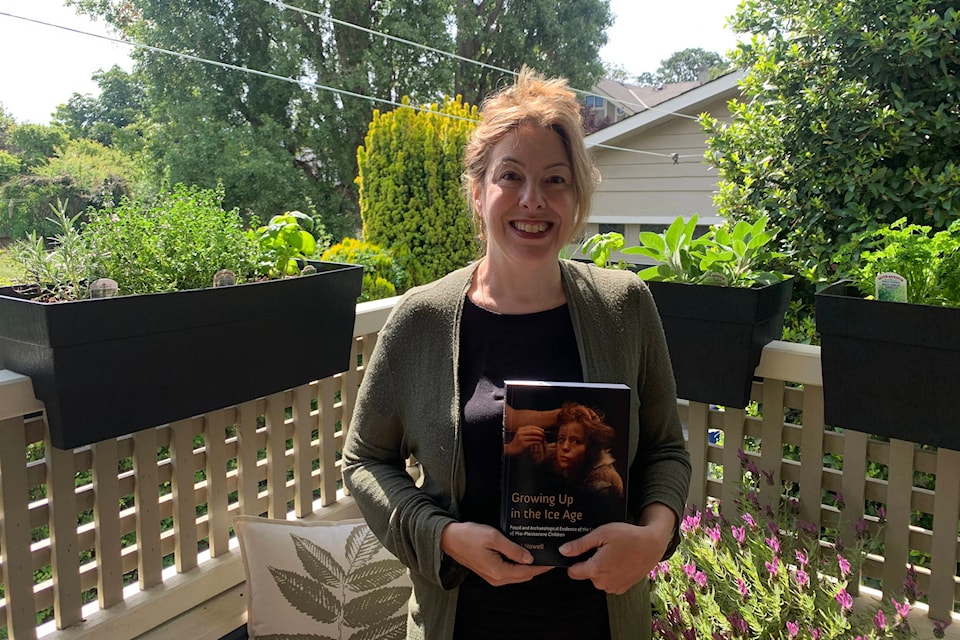A University of Victoria professor is releasing a book on the lives of children in the Ice Age.
Department of Anthropology chair April Nowell has researched Plio-Pleistocene children and teenagers for the last two decades. Her new book, Growing up in the Ice Age: Fossil and archaeological evidence of the lived lives of Plio-Pleistocene children, will be available for purchase in North America this week.
It investigates neanderthal, australopithecine and early-modern human children and the roles they played in their communities.
Most of Nowell’s evidence comes from the end of the Ice Age, 40,000 to 10,000 years ago, during the Upper Paleolithic period. But some evidence ranges as far back as the earliest traces of human life seven million years ago.
“The area of the archaeological children has also really blossomed in the last two decades,” she said, recalling there being minimal prior research on the subject. While some experts have deemed the topic of archaeological children “unknowable,” Nowell attributed this belief to the unpredictable nature of children in general.
“One of the things I argue is that kids are important drivers of human cultural evolution. They choose what they learn, who they learn from and they transmit that from one generation to the next.”
ALSO READ: Biosolids at Hartland still being placed on landfill in Saanich
Archaeologists have argued that children have been more independent over time than society portrays them to be, crediting them as active learners and community members, Nowell said.
In fact, she estimated two thirds of tools from the Upper Paleolithic were made by children, noting they would have practised crafting throughout their childhoods.
“By not studying kids, I’m perhaps misinterpreting a large portion of the archaeological records.”
A mother of two, Nowell began her research for the book by looking at kids’ play behaviour. With her offspring now 19 and 22, she said it is no coincidence her work has concluded with Plio-Pleistocene teenagers.
She said a Plio-Pleistocene child’s use of an artifact should be seen as a new stage in that artifact’s history, rather than a distortion.
The book’s final chapter addresses the value of investigating child evolution, while another chapter discusses the growth and life of teenagers in the Ice Age.
Nowell felt that her book is relevant beyond the field of archeology and can help one better understand children and teenagers today. For example, her findings show that identity crises are not universal for teenagers but that risk taking and innovation are.
She recalled one archaeological discovery where a boy suffering from dwarfism was found buried in the arms of a woman, likely his mother, from a time as long as 20,000 years ago. Nowell said it made her choke up and spoke to the relationship of the boy’s community as a whole.
“Everything we do with communities is to help our kids thrive and continue on the generations, and that was as true then as it is now.”
ALSO READ: Driver crashes through front window of Victoria running store in Fairfield
Going forward, Nowell will investigate burial patterns for male and female Plio-Pleistocene children. She is also writing a textbook on anthropology ethics.
Growing up in the Ice Age can be pre-ordered through Indigo, including at Mayfair Mall, and elsewhere.
To learn more, go to oxbowbooks.com.
Do you have a story tip? Email: vnc.editorial@blackpress.ca.
Follow us on Twitter and Instagram, and like us on Facebook.
